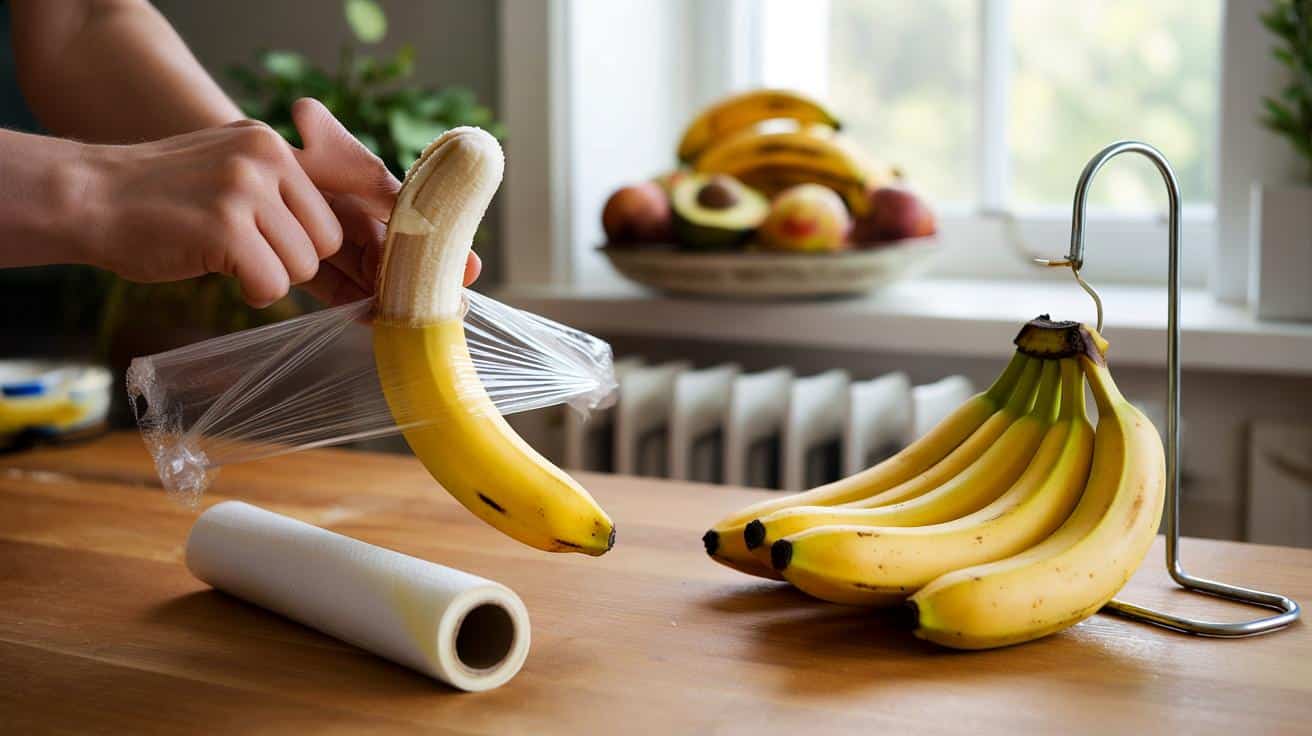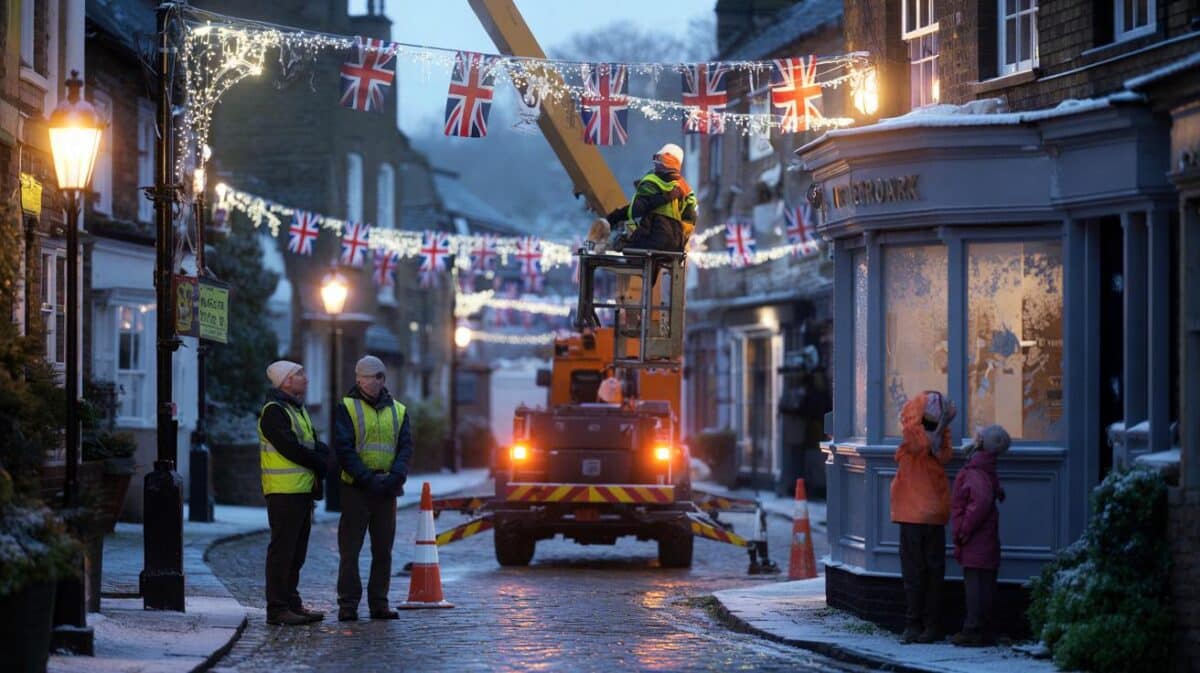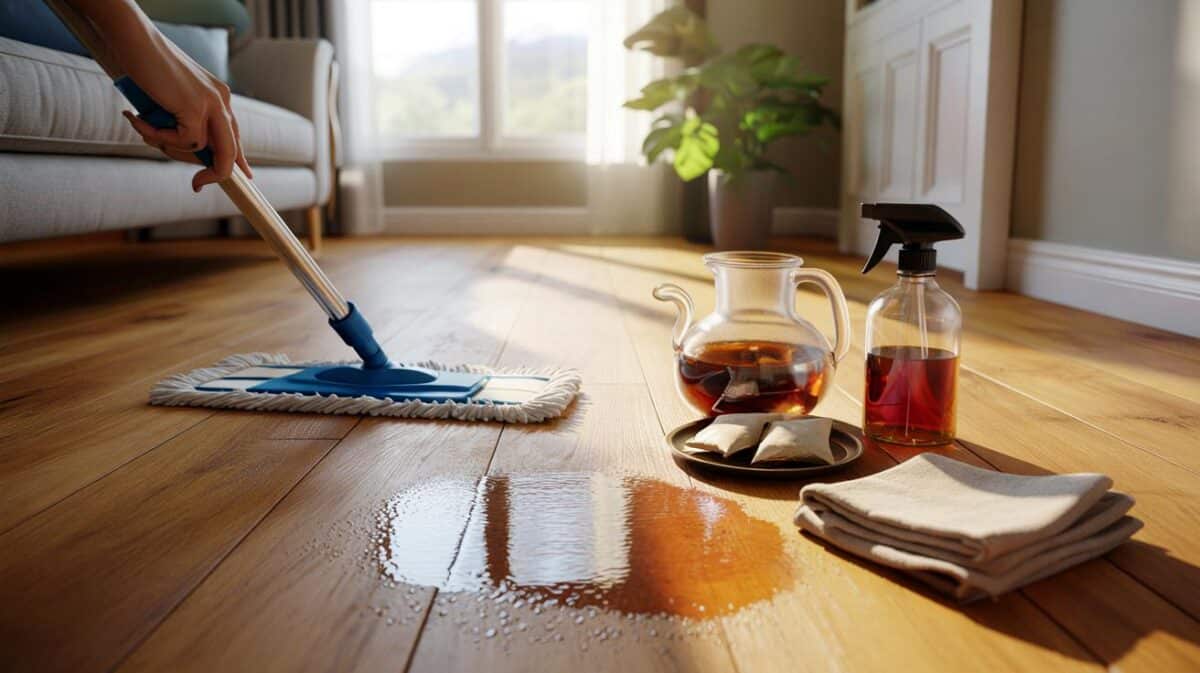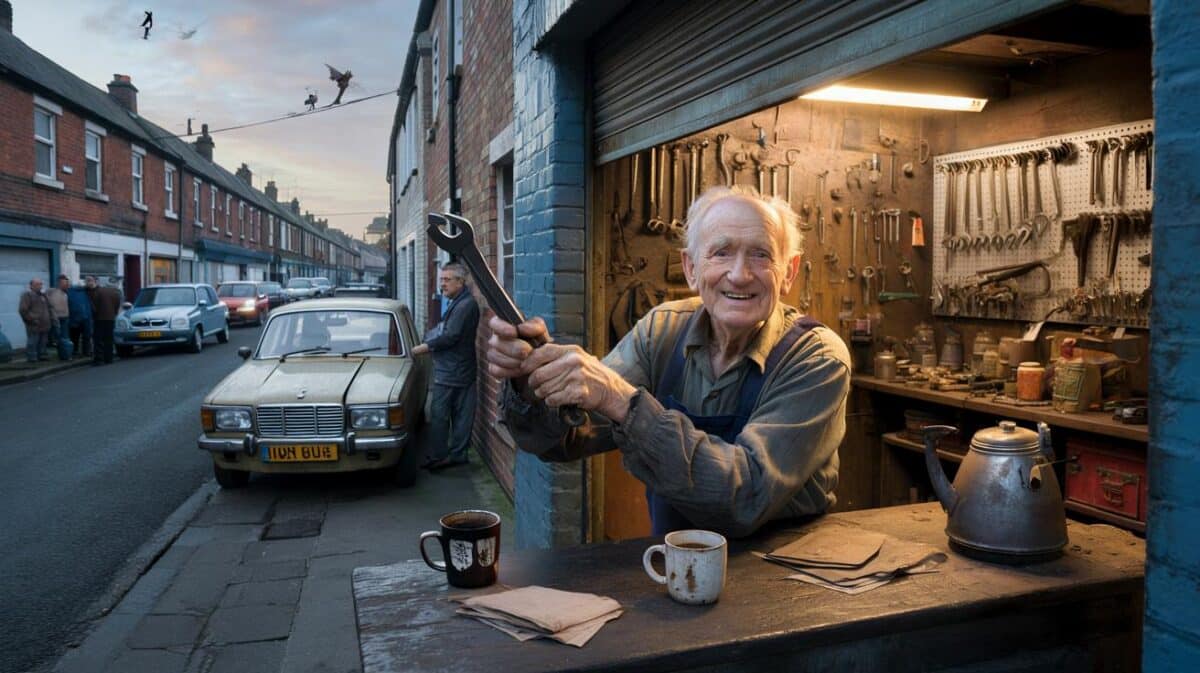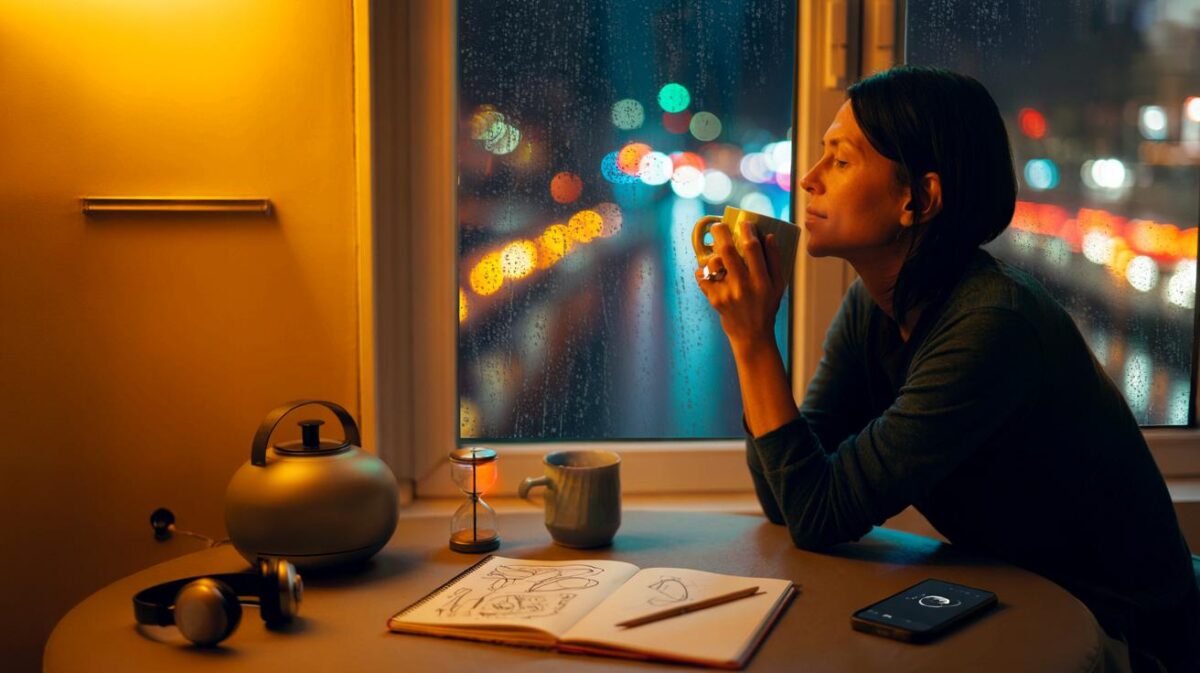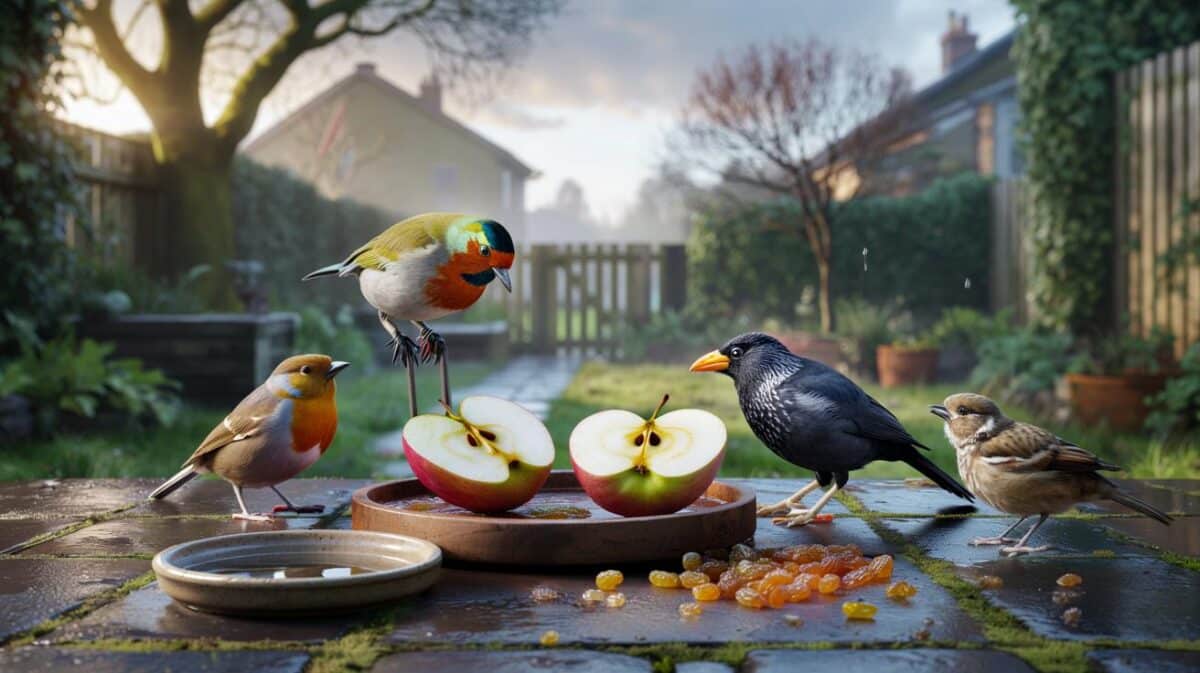Bananas ripen in a flash, then sulk into brown blotches just when you fancy a sweet, sunny snack. The waste is maddening, the timing never right, and the fruit bowl becomes a guilt bowl.
The bananas were glorious — firm, cheerful, promising breakfasts and school runs solved. By Thursday, they’d turned freckled and slumped, as if the week had worn them down too.
I tried eating faster. I tried buying greener. Still, the same slide into spotty regret. A friend swore there was a way to keep them bright for nearly three weeks, no faff, no fancy gear. I laughed, then listened, then tried it.
One tiny kitchen item changed that.
The banana browning trap you can actually beat
There’s a rhythm to a British kitchen. Radiators hiss, windows mist, and the **fruit bowl** sits right under a shaft of light like it’s on display. It looks lovely, until those warm rays and occasional drafts turn your bananas into a speed-ripening project.
We’ve all been there — a bunch from the corner shop on Monday, mottled by Friday, banana bread on Saturday you didn’t plan to bake. I ran a simple test at home: two identical bunches, same day, same shop. One basked in the bowl. The other followed a tiny, tighter routine. By day six, the bowl bananas wore heavy flecks; by day ten, they were halfway gone. The other bunch? Still bright, still perky.
Here’s why. Bananas breathe out ethylene gas from the crown — the cluster of stems at the top — and that gas tells fruit to ripen, fast. Warmth speeds the signal. Bruises push it along. Airflow around the crown matters more than you think, because that little junction behaves like a tiny ethylene factory. Interrupt the gas escaping from the crown, and you slow the domino effect across the bunch. Reduce warmth and knocks, and you drag out the clock.
Wrap the crown: the **cling film** trick for up to **20 days**
The move is almost laughably simple. Separate your bananas, then press a snug cap of cling film around each stem — the crown — so it’s tight and tidy. Smooth it down to seal gaps. Keep them on a hook or a cool shelf, away from radiators and sunny sills. Once each banana hits the yellow you like, slip it into the fridge; the cap stays on. That sequence can hold their sunny look for as long as 20 days in a typical UK home.
A few pointers make it sing. Wrap only the stem, not the whole fruit, so moisture doesn’t trap on the skin. Swap to beeswax wrap if you’d rather skip plastic; it moulds just as neatly. Give each banana its own little crown — splitting the bunch slows chain-ripening. Keep them away from apples and avocados, which puff ethylene like tiny bellows. Let’s be honest: no one does that every day, but when you do, the payoff is instant.
Common mistakes? Parking bananas by the toaster, the warm oven door, or a bright window. Tucking them in a plastic bag where moisture collects. Refrigerating when they’re still green, which can stall flavour. Don’t panic if the fridge adds a faint shadow to the peel once they’re ripe; with the stem sealed, the flesh stays pale, sweet, and lively. *It just works.*
“Block the gas at the crown, keep them cool, move them cold once they’re ripe — and bananas go from a midweek scramble to a two‑week certainty.”
- Cap the crown: cling film or beeswax wrap, snug and smooth
- Split the bunch: wrap stems individually
- Cool spot first, fridge later, crown still sealed
- Keep away from ethylene-heavy fruits
- Hang them to reduce bruising
What this changes in real life
You buy bananas on your own time, not on theirs. A Monday shop becomes breakfasts deep into next week. Packed lunches quit playing roulette. Smoothies wait for you, not the other way round.
I repeated the test for a month: three rounds, three bunches each time. Uncapped bananas freckled hard by day seven to nine. Capped-and-chilled bananas still looked camera-ready at day eighteen to twenty, with a few tiny specks at most. The habit takes ten seconds on the worktop and saves a quiet fortune in food that doesn’t end up in the bin.
There’s a gentle knock-on, too. Less mad dash to bake, fewer last‑minute desserts just to rescue soft fruit, less sense of waste. Swap cling film for a reusable wrap if you like — the crown only needs a tight seal, not a roll of plastic. Small fix, big calm.
| Key points | Detail | Interest for the reader |
|---|---|---|
| Seal the crown | Wrap each banana’s stem tightly to block ethylene escape | Slows ripening at the source, keeps skins yellow longer |
| Cool, then cold | Start in a cool room; move ripe bananas to the fridge with the cap on | Extends freshness up to 20 days with minimal browning |
| Avoid ethylene hotspots | Keep away from apples, avocados, warm windows, and radiators | Prevents sudden ripening bursts and bruising |
FAQ :
- Can I use foil instead of cling film?Yes. Aluminium foil moulds well to the stem and creates a solid seal. Beeswax wraps work too if you want a reusable option.
- Why only wrap the stem and not the whole banana?The stem is where ethylene concentrates and travels across the bunch. Wrapping the whole fruit traps moisture and can invite mushy spots.
- Won’t the fridge turn the peel black?If you chill once the bananas are already ripe, the peel may darken slightly over time, but the flesh stays bright and sweet. The stem seal helps preserve the look even more.
- Should I keep bananas together or separate them?Separate them. Splitting the bunch reduces the ethylene chain reaction and lets each banana ripen on its own schedule.
- Is this safe, and does it affect taste?It’s safe. You’re simply slowing natural ripening. Taste stays clean and sweet, with a firmer bite for longer.

